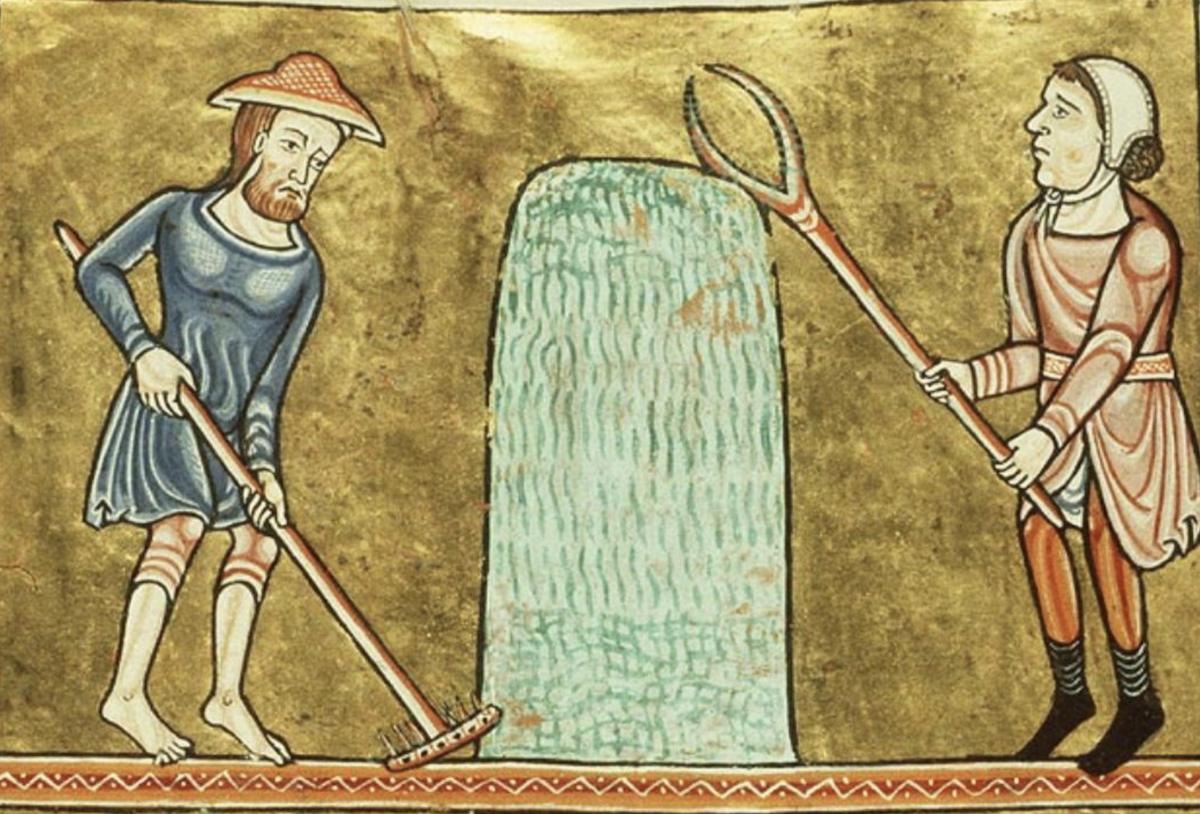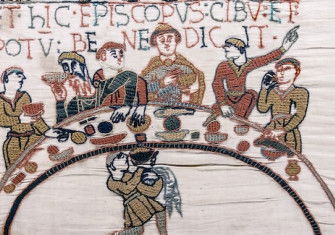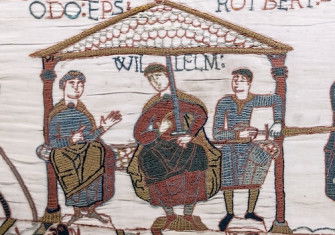Normans and Slavery: Breaking the Bonds
Whilst many Anglo-Saxons suffered under the Norman yoke, the Conquest came with the promise of freedom for England’s slaves.

The fortunes of modern Bristol were founded on slavery. During the 18th century the city boomed as a result of its participation in the export of Africans to North America. Regrettably there is no official monument in Bristol today to mark this episode in its history, only a plaque erected privately in 1997 and a footbridge named after a celebrated local slave, Pero. Nonetheless these memorials and the continued pressure on the civic authorities to erect something more prominent are enough to ensure that the city’s role in the slave trade will never be forgotten.
What has largely been forgotten, by contrast, is Bristol’s role in a slave trade that flourished in Britain some seven centuries earlier. Towards the end of the 11th century the merchants of Bristol were among England’s foremost exporters of slaves, in this case homegrown ones. Looking back from the 1120s the chronicler William of Malmesbury remembered:







